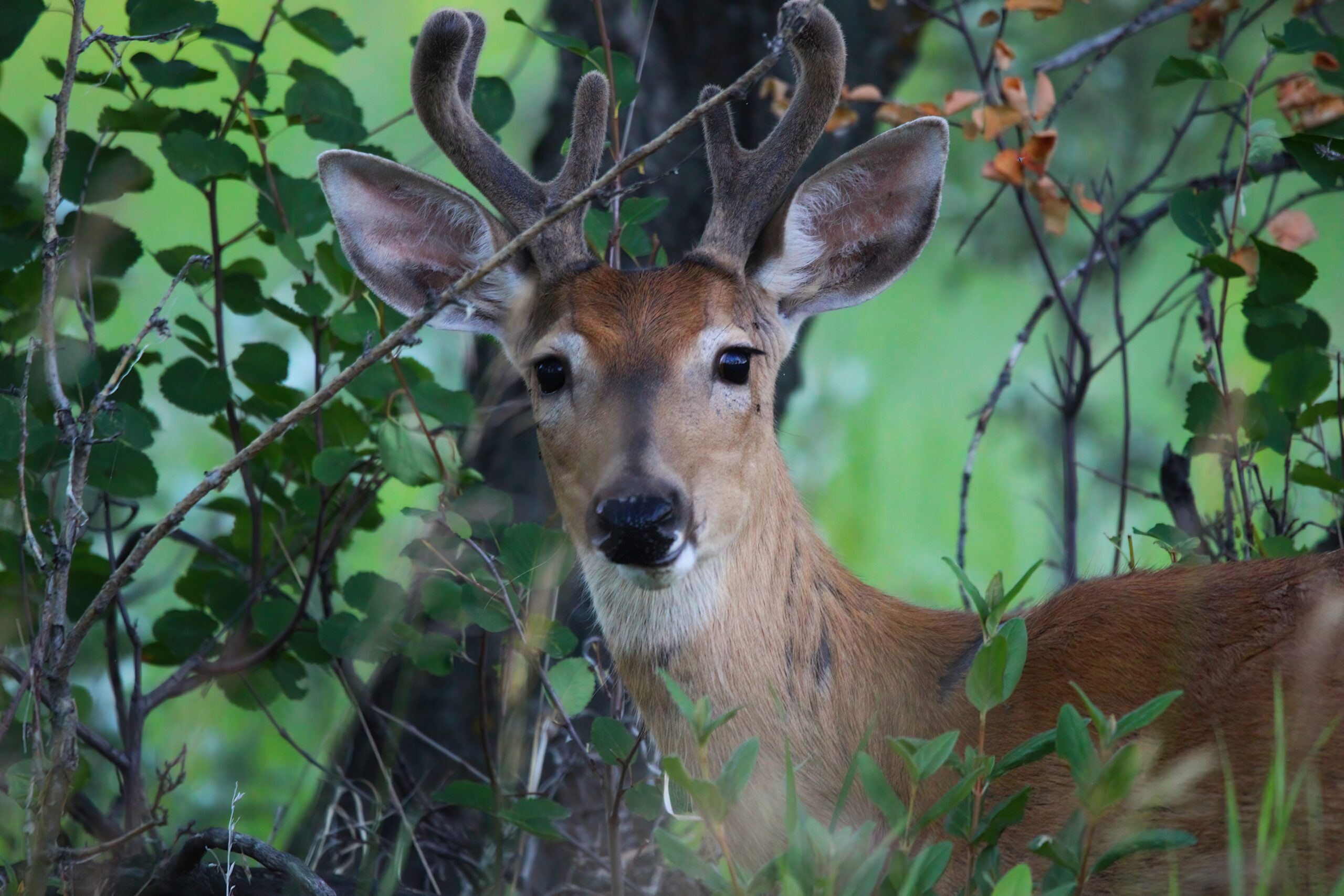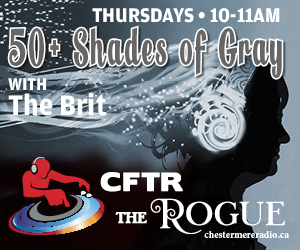Although bird watchers have a general tendency to look upward to spot birds during the “leafy” months of the season, both eye level and ground level habitats hold more than just our feathered tails of interest. On a series of recent bird watching and photography adventures, we were fortunate enough to enjoy the company of a few of Alberta’s furry creatures. With early summer in full bloom, the new generation of all living things creates an energy that is irresistible to those who enjoy the outdoors.
While exploring the day use and “glam-camping” areas of Wyndham-Carseland Provincial Park, this past week, we were happy to see numerous eastern cottontail rabbits, nibbling at the fresh salad along the gravel road edges. What catches our immediate attention is the fluffy white tail. Covered in greyish-brown to reddish-brown fur, enhanced with a rusty-red patch on the back of the neck and topped with long, black-tipped ears, this rabbit is a beauty. The brown eyes are large, protruding notably from the head, enabling the cottontail to attain a nearly 360 degree visual range. When spooked or approached by a predator, the cottontail can attain speeds of 30kmh to evade a troublesome situation. This day, we approach the rabbits quietly, with deliberate, short steps, stopping every now and then to take a photograph.
With Wood ducks a main attraction of the Inglewood Bird Sanctuary (IBS) in Calgary, especially when the ducklings are about, an early morning trip to IBS was in order. On site by 6:30 in the morning, we took note of the seven or eight bird species in the parking lot and then proceeded through the gate. Walking but a few metres, movement to our right caught our rapt attention. Grazing on the young leaves of trees, a whitetail “buck”, handsomely blessed with velvet-covered antlers, took notice of our presence and then continued its breakfast. Sporting a summertime reddish coat of fur, topped with antlers that appeared bulbous, hiding under the velvet cloak. As the summer days shorten, the antlers stop growing and their velvet covers dry and peel off to reveal those very antlers. Whitetail deer have a long white tail that is used to communicate alarm to other deer nearby. When alert, the tail acts much like a white flag, but there is no surrender. The deer moves at its desired speed to evade any predator and move away from we carbon-based humans. After staying long enough in one location “our” whitetail deer moved slowly toward the wooded area in the sanctuary, slipping into the forest and out of sight.
Cottontail rabbits and whitetail deer share more than just the color and significance of their tails. A tiny but potentially deadly arachnid, the tick, one unique to each species, does feed on the blood of both furry mammals. Large infestations by ticks can potentially kill a cottontail rabbit if enough blood is drawn by these arachnids. A tale of two white tails and two to appreciate in our province.
Tall & Small Tales of White Tails

In response to Canada's Online News Act and Meta (Facebook and Instagram) removing access to Canada's local news from their platforms, Anchor Media Inc encourages you to get your news directly from your trusted source by bookmarking this site and downloading the Rogue Radio App. Send your news tips, story ideas, pictures, and videos to info@anchormedia.ca.





